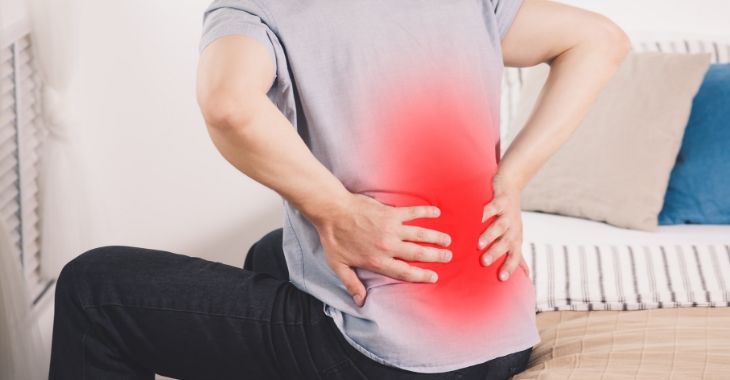Common Vehicle Accident Back and Neck Injuries

Vehicle accidents injure millions of people each year in the U.S. Musculoskeletal injuries of the neck, back and spine are amongst the most common injuries reported after an auto accident. These injuries can seem minor at first, but many can cause long-term pain and mobility problems. Here are some of the most common back and neck injuries that can be caused by vehicle accidents.
Whiplash
The sudden stop of a moving vehicle during a crash can jolt the body. Even those wearing their seat belt and seemingly unharmed after a car crash can suffer from whiplash. The momentum of the head and neck swinging forward and then snapping backward can damage muscles and tendons. Whiplash symptoms may not be present right away; often they do not start until 1-2 days after the accident.
Spinal Disc Injuries
The jolt to the spine during a vehicle accident can cause shifting and impact to the spinal discs. Herniated, ruptured and slipped discs are common injuries caused by auto accidents. In some cases, surgical intervention may be needed to repair the discs.
Bone Fractures
Vertebrae, spinal joints, collarbones and other bones adjoining the neck and back can be fractured in an auto accident. Even hairline fractures can cause inflammation and impingement on nerves that can lead to pain and mobility problems if not treated.
The problem with neck and back injuries is that the symptoms may not always be immediate. However, a damaged disc or vertebrae could cause many problems down the road. If you are in a vehicle accident, it is important to have a complete physical exam to ensure there are no injuries to your neck, back or spine. If you have any discomfort in these areas, seek diagnosis and treatment by an orthopedic physician that specializes in motor vehicle injuries.
Posted on behalf of:
Ortho Sport and Spine Physicians
5730 Glenridge Drive Northeast #230
Atlanta, GA 30328
(678) 752-7246
The information provided on this website, including text, graphics, images, and other materials, is intended solely for informational purposes and should not be used as a substitute for professional medical advice, diagnosis, or treatment.
)